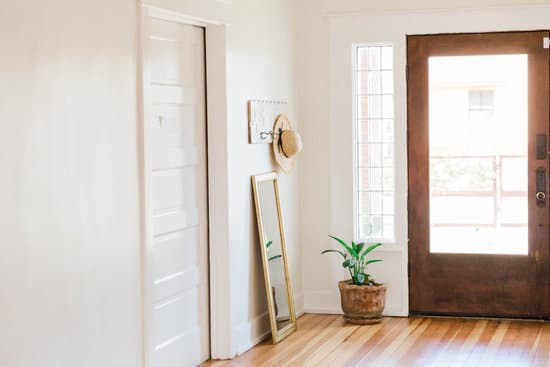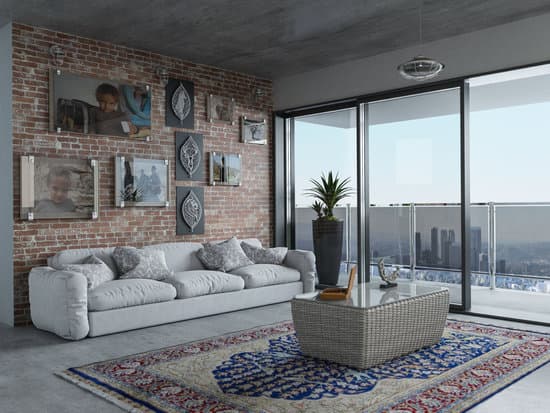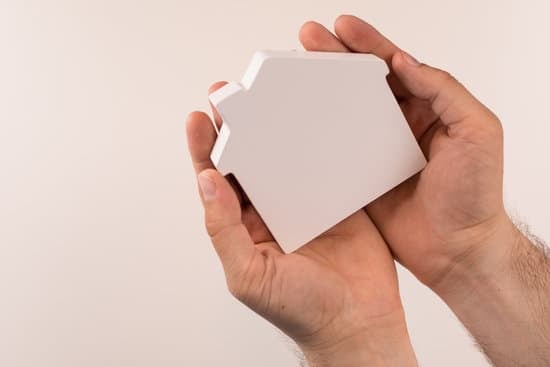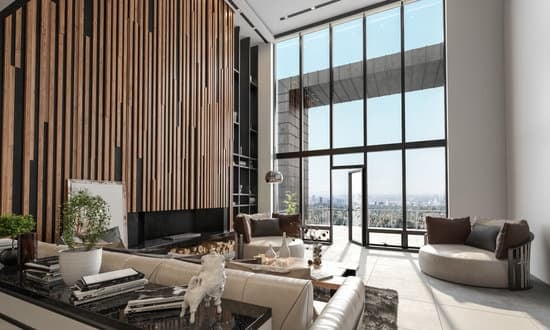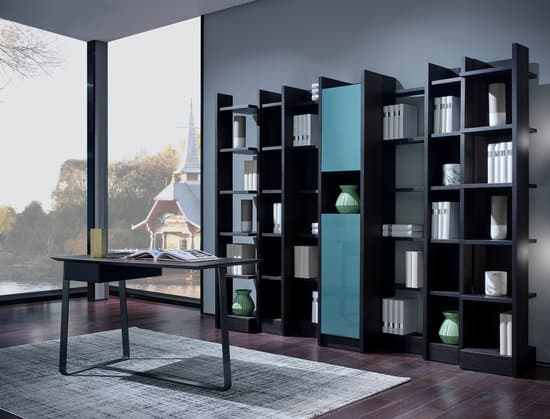Setting up a minimalist home office requires careful planning and attention to detail. Whether you’re working from home full-time or just need a dedicated space to get things done, there are a few key steps you can follow to create a functional and stylish workspace. Here’s a rundown of how to set up a minimalist home office:
Create a Dedicated ‘Office Space’: The first step in setting up a minimalist home office is to designate a specific area in your home for work. This could be a spare room, a corner of your living room, or even a section of your bedroom. The important thing is to choose a space that you can dedicate solely to work-related activities.
Plan Your Minimalist Home Office: Once you’ve found your designated workspace, it’s time to start planning your layout. Consider the furniture you’ll need, such as a desk and chair, as well as any storage solutions or decorative touches you may want to incorporate. Keep in mind that the goal of a minimalist home office is to create a clutter-free and efficient workspace, so only include items that are essential and functional.
Pay Close Attention to Lighting: Good lighting is crucial for a functional workspace, and it can also help enhance the minimalist aesthetic of your home office. Consider using task lighting, such as a desk lamp or adjustable arm lamp, to provide focused illumination where you need it most. Natural light is also ideal, so if possible, position your desk near a window to take advantage of daylight.
Include Some Stylish Storage Space: While the goal of a minimalist home office is to keep things simple and uncluttered, you’ll still need somewhere to store important files and supplies. Look for storage solutions that are both functional and stylish, such as a minimalist filing cabinet or floating shelves. You can also add decorative touches, such as a potted plant or minimalist wall art, to personalize your space and add some visual interest.
Personalize Your Minimalist Home Office Setup: Finally, don’t forget to add some personal touches to your minimalist home office. Whether it’s a favorite photo, a piece of artwork, or a unique piece of decor, incorporating items that reflect your personality and interests can help make your workspace feel more comfortable and inviting.
By following these steps, you can set up a minimalist home office that’s both functional and stylish, allowing you to stay productive and focused while working from home.









